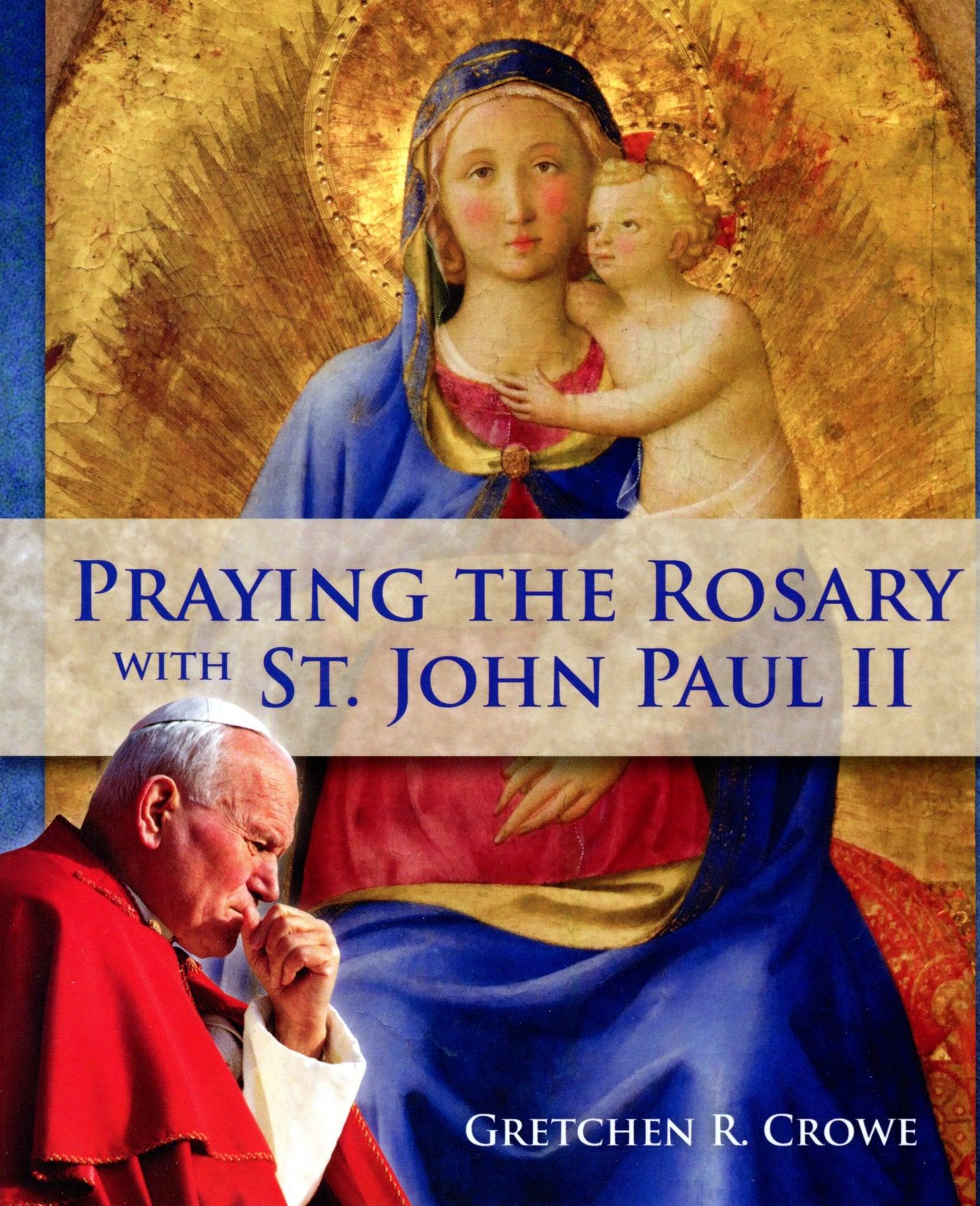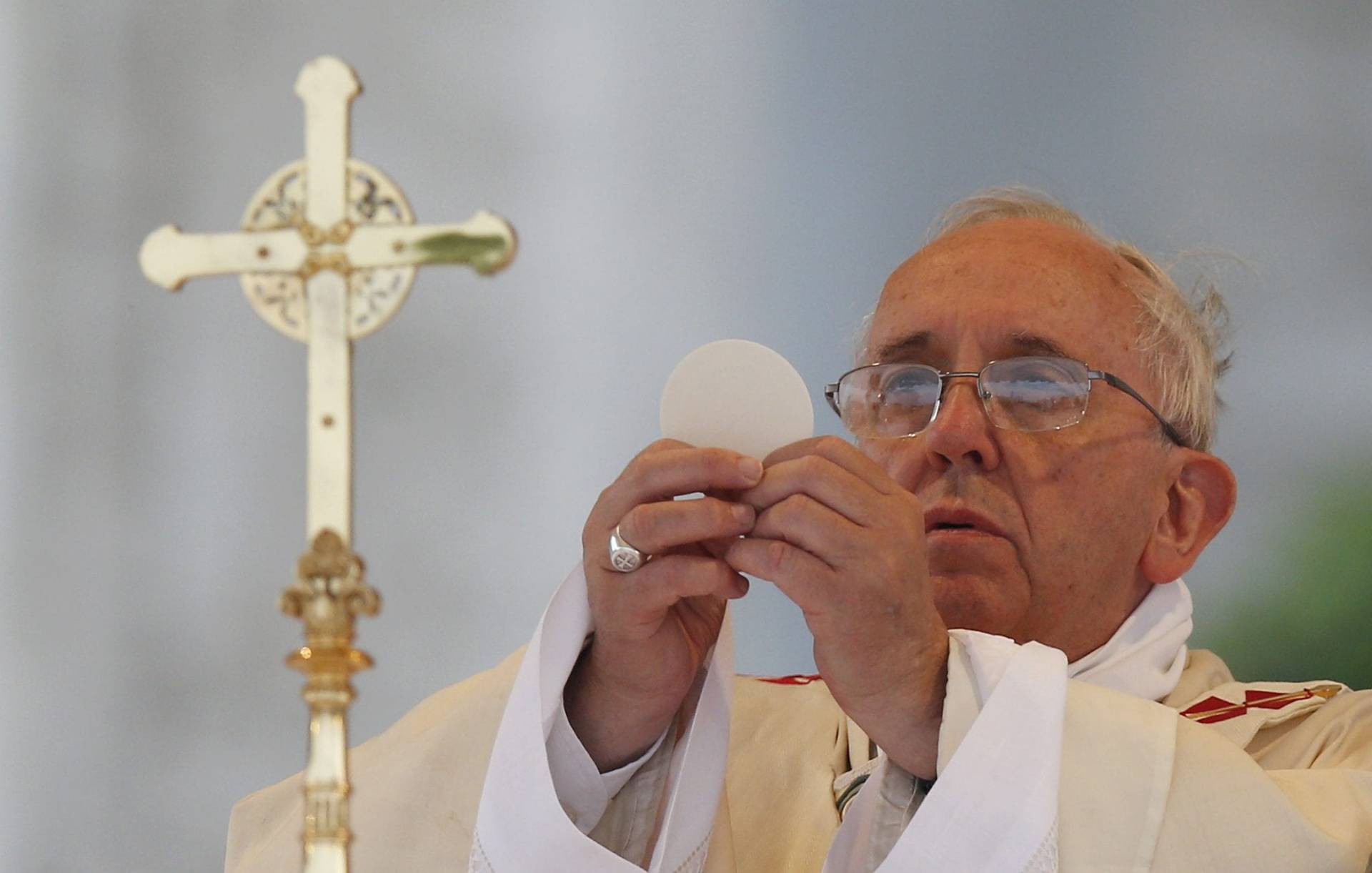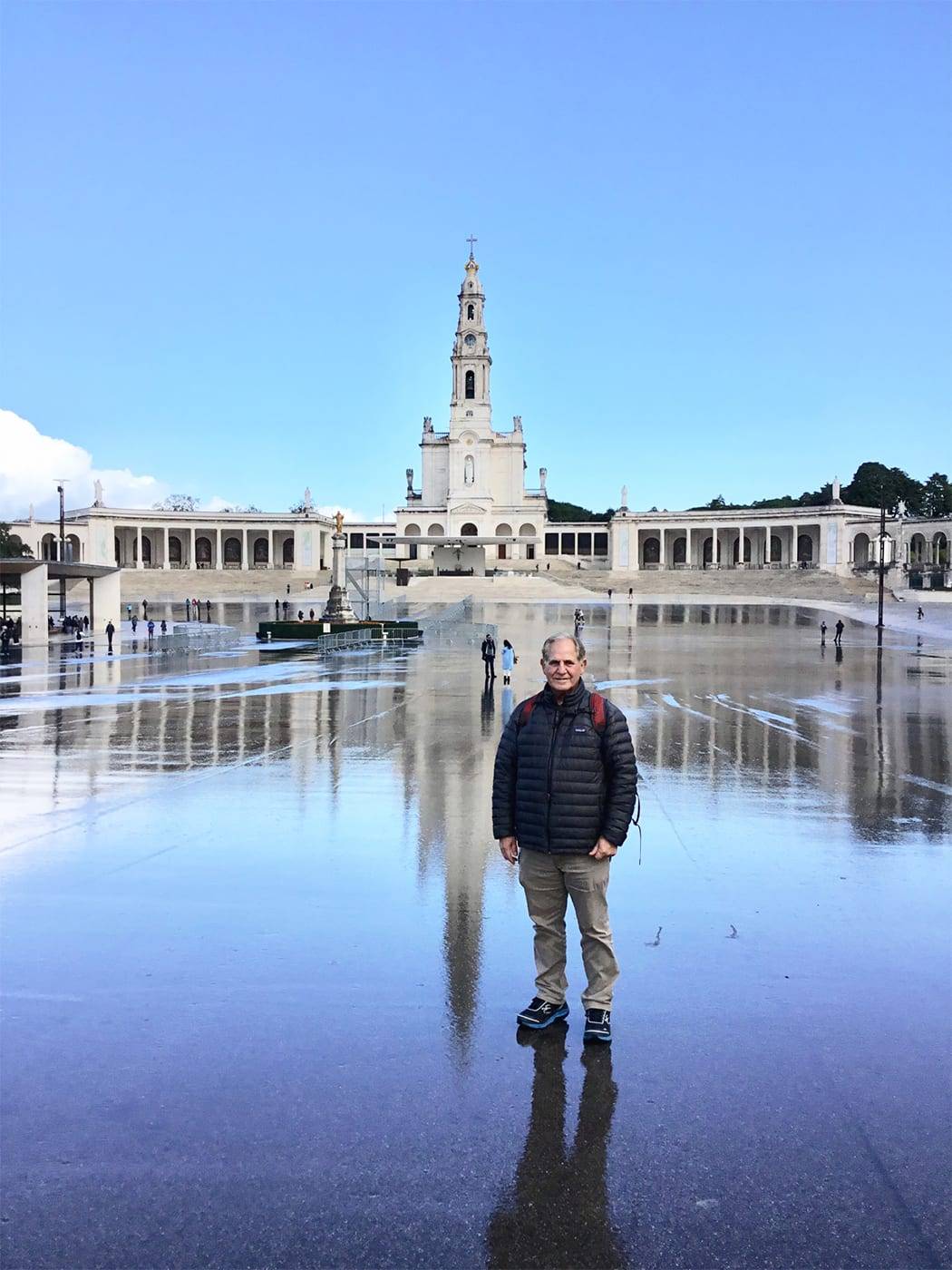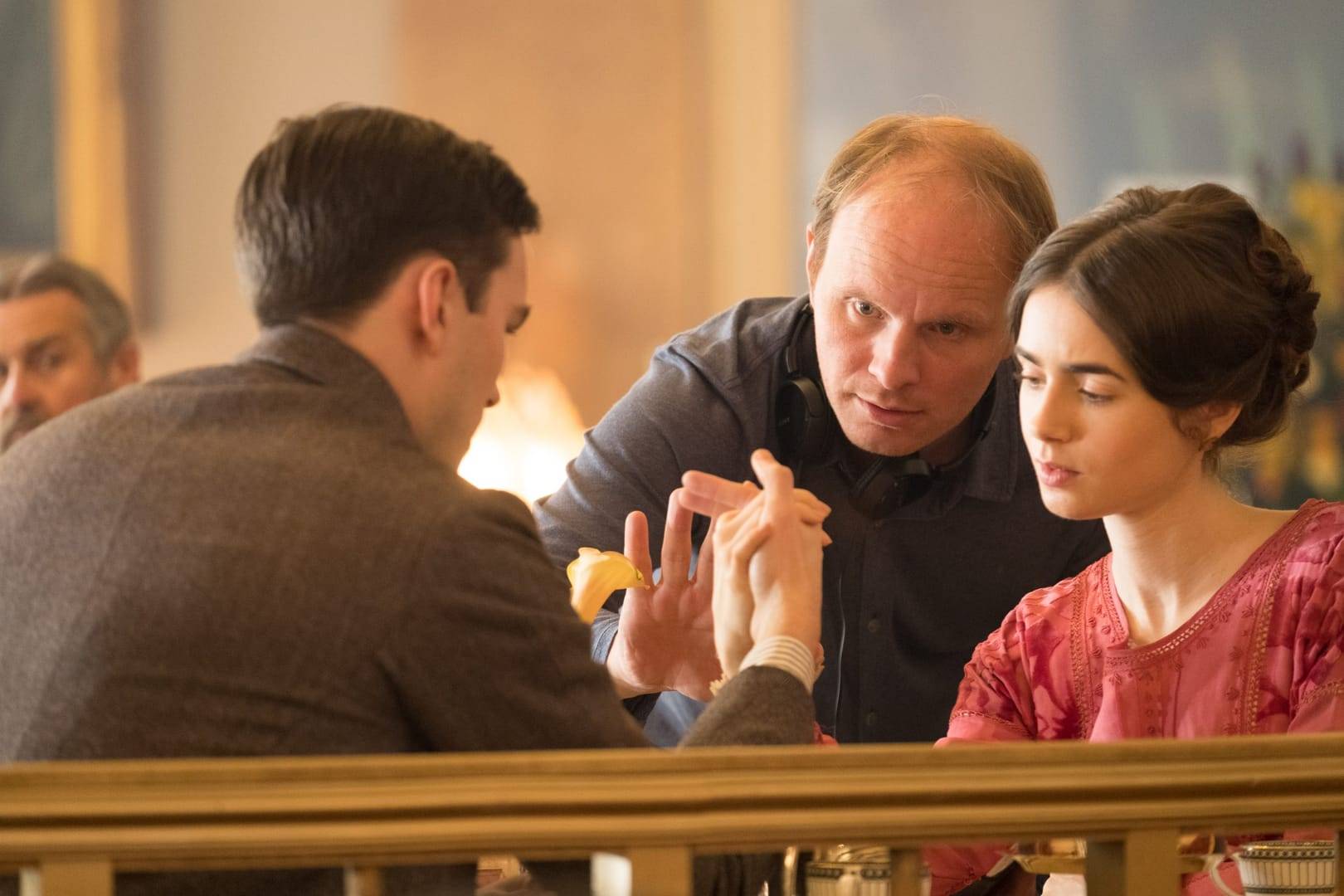Remember the famous line in “Jaws” when Chief Brody first sees the monster shark and says, “You’re gonna need a bigger boat”?
Phil Saviano remembers a similar line when he first told Boston Globe reporters there weren’t just one or two priests molesting a handful of children. Saviano knew of nearly 30 priests, if not more, with dozens of victims. And the Church was covering it up. He remembers how one editor took it all in, then called his boss to say: We’re gonna need more reporters. This is so much bigger than we thought.
Not long after that, stories of priestly sexual abuse and its cover-up burst onto the front page of The Boston Globe. It turned out there were scores of criminal priests, hundreds of victims. The abuse spanned decades. Cardinal Bernard F. Law shuffled abusers from parish to parish while lawyers pressed victims to sign confidentiality agreements in exchange for, essentially, hush money.
Now that story has been made into a highly praised movie, “Spotlight,” named for the Globe’s investigative team. It opens in theaters Nov. 6, and Phil Saviano is one of the victims portrayed. Played by actor Neal Huff, Saviano’s in that Globe meeting room holding a picture of himself at 12, the age he was when convicted serial rapist Father David A. Holley showed up in his parish. He asks the reporters, “How do you say no to God?”
“Spotlight” is not so much a story about survivors and their abuse as it is about the Globe’s uncovering a massive criminal network protected by the Catholic hierarchy. But Saviano, who for years ran New England’s chapter of SNAP (Survivors Network for those Abused by Priests) says it’s important as a powerful reminder of the scope of the crisis. At the movie’s end, there’s a list of around 200 cities where priests sexually assaulted children, and were protected.
It’s a reminder, too, of what the Church still has not done to bring guilty priests to justice. Undermining its “zero tolerance” claims, accused and even admitted abuser priests have left the United States for other countries. GlobalPost recently reported on five such men in Paraguay, Brazil, Ecuador, and Peru working as priests with unfettered access to children.
And Pope Francis’ bishops’ tribunal may be a great idea, Saviano says, but no bishop has appeared before it yet and no one has clarified: What consequences will bishops who abetted abuse face? How will they be judged, publicly, privately, and by whom? What about Cardinal Law?
What irked Saviano in 2002 still irks him today: how little Catholics seem to care about all this. He just saw that again during Francis’ visit here. The pope back-burnered the abuse crisis. Yet he was rapturously welcomed.
Phil Saviano, now 63, is in some ways a typical survivor. Like so many others, he came from a troubled home. His abuser knew it. His family revered the Catholic Church and its priests. His abuser knew that, too. His abuser, in what would become a sickeningly familiar routine, “groomed” him. Holley would joke with Saviano, his paperboy, when he’d deliver the Worcester Evening Gazette afternoons to the old Victorian rectory in Douglas. Holley would visit his Sunday school class. Sometimes he’d make fun of the nun behind her back. “He’d show us card tricks,” Saviano told me after the first abuse stories broke in 2002. He’d give him 50 cents, when 50 cents still had buying power, to move boxes after Sunday school back and forth to a basement.
“One day the deck of cards he pulled from his pocket had pornographic pictures on them. That was the beginning.” Saviano still remembers “the coolness of the dark church basement, the smell of his sickly, sweet cologne,” and Holley’s hands around his skinny wrist, pulling him back when he tried to run, and “the sense of being completely trapped.”
Phil Saviano in other ways is not a typical survivor at all. He was one of the first around here, if not the first, who refused to sign the standard confidentiality agreement that would have forbid him from telling anyone about Holley — not family, not friends, not police — only a therapist who agreed to such confidentiality conditions as well.
He went public in 1995, long before the Globe series and when Catholics themselves often believed victims were making up gruesome tales to get money from the Church. He is a gay man with AIDS who faced considerable hostility and derision two decades ago and, in some circles, still does.
“I was raised in the Church. Right through high school, I played guitar at folk Masses. I was president of the Catholic Youth Council,” he said. “The shame and embarrassment I felt about what happened to me was made worse by Church teachings” on the “intrinsic evil” of the so-called disordered gay lifestyle.
But he persisted, prospered, has lived with AIDS, and I would not be the first to call Phil Saviano a heroic whistleblower in this long, sad mess. All these years later, he still works to help those who were once just like him: 12 years old, confused, scared, and sickened by what a trusted priest forced upon him.
Saviano says he long ago lost his faith in the Church. He lost his faith, period. “But I believe in this (work),” he said. “And I believe in self-respect.”















